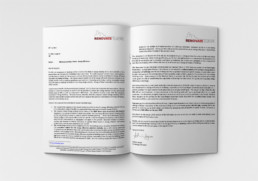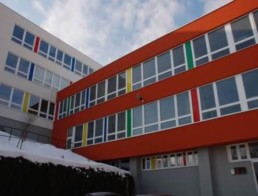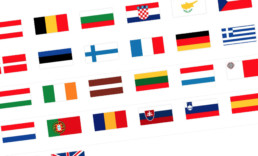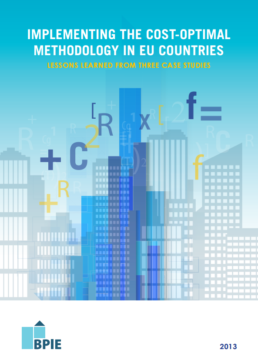Green Technologies - Passive Houses
The Renvoate Europe Campaign, an intiaitve set up by EuroACE (the European Alliance of Copanies for Energy Efficiency in Buildings), has for years been lobbying for greater ambitions in this area. It wants the EU to triple the annual renovation rate of teh EU building stock from teh current 1% to 3% by 2020, and to ensure that the aggregate result leads to an 80% reduction of the energy demand of teh building stock by 2050, compared to 2005.
Reaching 2 million new jobs: Energy Cities become the new ally of the Renovate Europe Campaign
A deep renovation of the EU building stock could provide an answer to Europe’s economic woes by triggering the creation of up to 2 million jobs! This is one of the numerous considerations - along with cost savings and energy security - that has led to the recent involvement of local authorities in the Renovate Europe Campaign (REC).
Indeed, Energy Cities, the European association of local authorities engaged in the energy transition, is now representing the voice of cities in this ever-growing Europe-wide movement.
Letters addressed to the 28 National Directors of the EIB
In July 2013, the Renovate Europe Campaign addressed a Letter to each National Director of the EIB about the need to flesh out the Energy Lending Criteria on Energy Efficiency of Buildings.
The aim was to remind the Directors to be more ambitious on the revision of the criteria on the field of Energy Lending.
Have a look at the Letter that was sent to the Natioanl Director for YOUR Member State:
- A. Aupperle
- A. Brandt
- A. Jacoby
- A. Therkildsen
- A. Tzimas
- C. Crespo
- C. Monticelli
- F. Godts
- G. Thomas
- I. Sikk
- J. Dominik
- J. Gregor
- J. Moran
- J. Sonne
- K. Andreopoulos
- K. Kakouris
- K. Karaivanova
- K. Kaszasova
- K. Sarjo
- M. Tuskiene
- P. Curwen
- P. Machado
- S. Bajare
- S. Gaudin
- T. Westphal
- W. Nitsche
- W. van den Wallbake
- Z. Urban
RENOVATE EUROPE DAY 2013
REDay2013 – Open Days Exhibition ‘100EUrban Solutions’ Committee of the Regions, Brussels – October 2013
Renovate your buildings to Renovate your local economy!
Renovating Europe’s buildings is the solution to delivering on the EU’s Climate Goals and Growth Agenda, as well as providing multiple benefits including improved health conditions for Europe’s citizens. The Renovate Europe Campaign aims to help the EU achieve these objectives by advocating for a reduction of the energy demand of the EU building stock by 80% by 2050.
The 3 projects below drawn from 3 different European countries, outline 3 different financing schemes, and demonstrate the feasibility and the multiple benefits of renovation programmes. Cities and regions have a key role to play in driving these renovation programmes across Europe to ensure that the multiple benefits of increased renovation rates are reaped by the economy, the environment and society at large.
RENOVATION PROJECT N°1
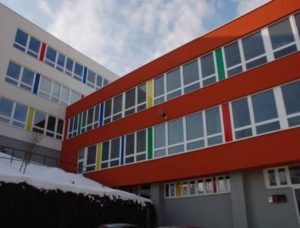 Project Description:
Project Description:
The Elementary School “Kaminky” in Brno-Novy Liskovec, Czech Republic, was fully renovated in 2008-2009 with the aim of reducing the energy bills and increasing comfort for building users.
Which Financing Model was used?
This funding was provided by a mix of EU, national and local funds: the Structural Funds (ERDF) covered 66%, the Czech State Environment Fund covered 4% and the Municipality of Brno-Novy Liskovec covered 30% of the investment.

What were the main benefits?
Economic benefits: The electricity bill dropped by at least 50%
Environmental benefits: Energy consumption decreased by 56%, resulting in lower C02 emissions
Health benefits: Better indoor comfort for the children
Other multiple benefits: Energy efficient renovations stimulate the local economy through creating local jobs and activating the underperforming construction sector.
RENOVATION PROJECT N°2
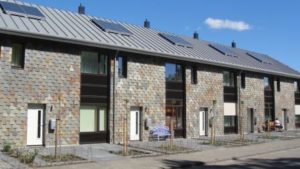 Project Description:
Project Description:
In 2010-2011, the Dutch social housing provider AlleeWonen renovated 246 identical, single family terrace houses in the area of Kroeven in Roosendaal, the Netherlands.
The renovation took place with the tenants remaining in their homes throughout the whole renovation work. This required both a fast and non-intrusive renovation process, using prefabricated timber facades and roofs.
Which Financing Model was used?
An innovative financing model was used to fund this project: the building occupants accepted a rent increase of €65 per month, which equals the average calculated energy savings at current energy prices. Costs for this project were therefore partly funded by the occupants from the savings made on the energy bills.
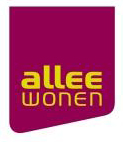
What were the main benefits?
Economic benefits: Building-related energy bill to be reduced by 60-70% (full bill for additional costs reduces by 40%, at constant energy prices).
Environmental benefits: Energy consumption decreased by 60-70%, resulting in lower C02 emissions
Health benefits: Better indoor comfort for the occupiers
Other multiple benefits: Expected higher property value for the buildings
RENOVATION PROJET N°3
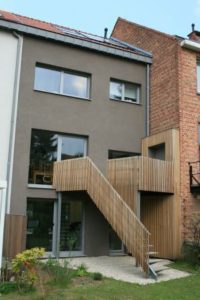 Project Description:
Project Description:
In 2009, the renovation of this residential house to PassivHaus Standard was undertaken in Brussels, Belgium.
Which Financing Model was used?
The funding for this investment stemmed from both public and private funds. The private home-owner ensured that 22% of the cost for this investment was covered by Regional and National Funds.
What were the main benefits?
Economic benefits: Annual energy bill dropped around 2250€.
Environmental benefits: Energy consumption decreased by 90% (resulting in lower C02 emissions).
Health benefits: Better indoor comfort for the family, which encouraged the next-door neighbour to undertake the same renovation scheme due to its success.
Other multiple benefits: Energy efficient renovations stimulate the local economy through creating local jobs and activating the underperforming construction sector.
Letters addressed to 28 Heads of State for the European Council on Energy
Multiple Benefits Study – Awareness Raising with Finance Ministers
The Renovate Europe Campaign reaching out to 28 Finance Ministers about the Multiple Benefits of Investing in Energy Efficient Renovations
renovate-europe-campaign
The Renovate Europe Campaign is addressing letters to 28 Finance Ministers in the EU Member States and Croatia, highlighting the Multiple Benefits of Investing in Energy Efficient Renovations, and the positive impact on Public Finances. These letters are personalised to each of the 28 Ministers and drafted in the national languages.
Have a look at the letter that Renovate Europe is sending to YOUR Finance Minister in YOUR national language:
- Austria
- Belgium
- Bulgaria
- Croatia
- Cyprus
- Czech Republic
- Denmark
- Estonia
- Finland
- France
- Germany
- Greece
- Hungary
- Ireland
- Latvia
- Lithuania
- Luxembourg
- Malta
- Netherlands
- Portugal
- Romania
- Slovakia
- Slovenia
- Spain
- Sweden
- United Kingdom
Implementing the Cost-Optimal Methodology in EU Countries - Lessons learned from three case studies
The recast Energy Performance of Buildings Directive (EPBD, 2010/31/EU) requires Member States to introduce minimum energy performance requirements for buildings, building elements and technical building systems and set these requirements based on a cost-optimal methodology. This methodology introduces - for the very first time - the prerequisite to consider the global lifetime costs of buildings to shape their future energy performance requirements. Thus, the evaluation of buildings’ requirements will no longer be related only to the investment costs, but will additionally take into account the operational, maintenance, disposal and energy saving costs of buildings, the assessment being then more consistent and sustainable.
The methodology to calculate cost-optimal levels of minimum energy performance for buildings and building elements was established on the Cost-Optimality Commission Delegated Regulation (2010/31/EU), while an additional guidance document on how to implement the methodology at the national level was published by the EU Commission in April 2012. Nevertheless, the EU regulation and guidelines provide Member States a very large degree of flexibility, regarding the selection of input data for the calculation, the reference buildings selection, energy costs, etc.
Convinced that Member States would benefit from additional guidance on the cost-optimality process and on how to use the methodology relating to nearly Zero-Energy Buildings (nZEB) requirements and long-term climate goals, BPIE intends to provide with this report additional practical examples on how to effectively implement the cost-optimal methodology at national level. The main goal is to evaluate the implications of different critical parameters, as well as to share the good practices across EU countries.
Three case studies are delivered with the support of consultants from Austria (e-sieben), Germany (IWU) and Poland (BuildDesk), focusing on cost-optimal calculations for multi-family and / or single-family buildings. The report and case studies demonstrate how ambitious yet affordable cost-optimal energy performance requirements for buildings can be defined and how the transition towards nearly Zero-Energy Buildings (nZEBs) can be supported.


